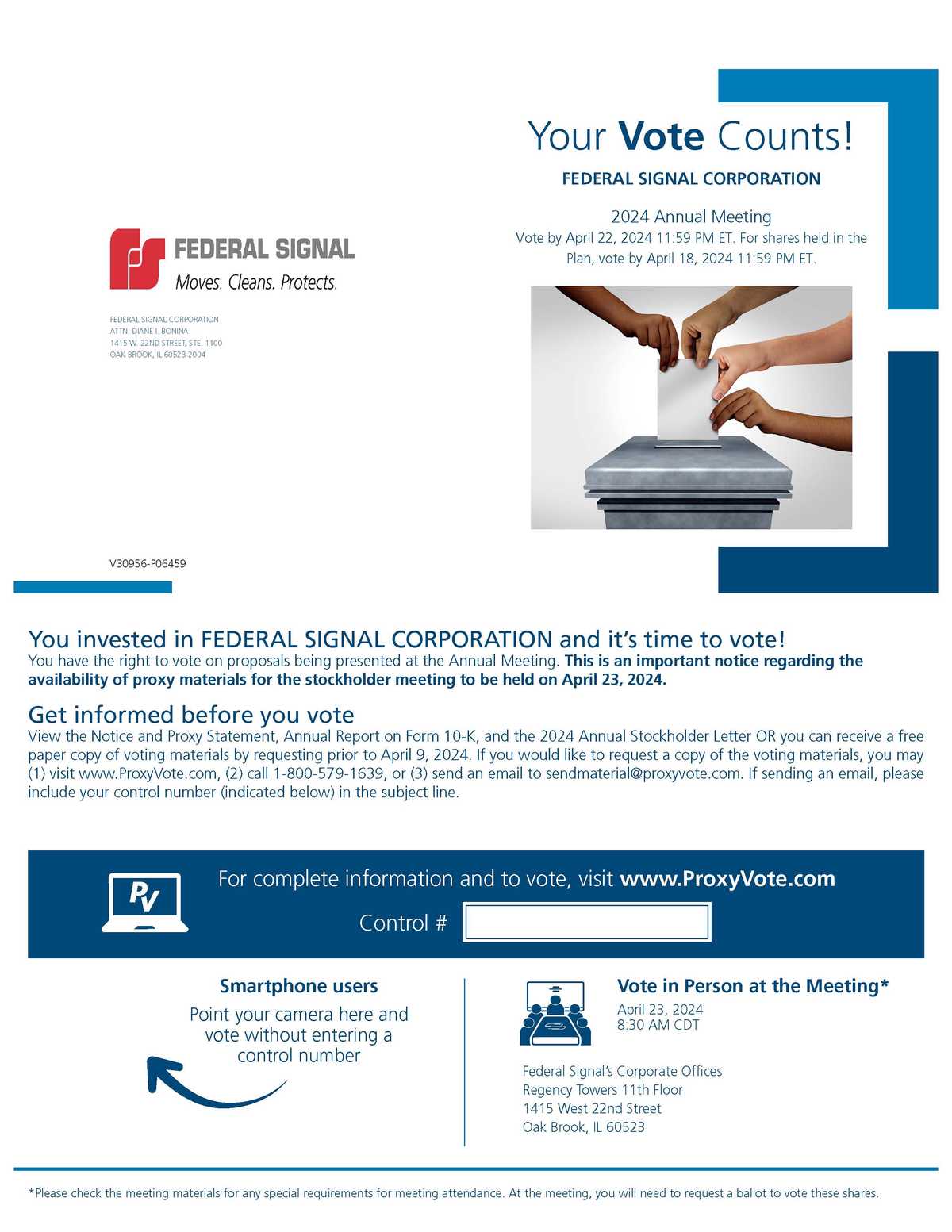===============================================
Confirmation bias is a cognitive phenomenon where individuals tend to favor information that confirms their pre-existing beliefs or theories, while disregarding evidence that contradicts them. In the context of retail investing, confirmation bias can lead to poor decision-making, missed opportunities, and financial losses. This article provides an in-depth analysis of confirmation bias for retail investors, explores strategies for identifying and managing it, and discusses the impact of this psychological bias on investment outcomes.
What is Confirmation Bias?
At its core, confirmation bias refers to the human tendency to seek, interpret, and remember information that supports one’s existing views while neglecting or undervaluing information that could challenge those beliefs. In investing, this can manifest in many ways, such as holding onto losing stocks because of an emotional attachment or ignoring warning signs in favor of optimistic news.
Common Signs of Confirmation Bias in Retail Investors
- Ignoring Negative News: Retail investors may overlook bad news or negative analyst reports about a stock they’ve invested in, focusing only on positive reports.
- Reaffirming Overconfidence: Traders who have had a few successful trades might ignore market risks and only seek information that confirms their current strategy is working.
- Overweighting Personal Beliefs: Investors might trust their own intuition or personal opinions over expert advice or data-driven insights.
How Confirmation Bias Affects Retail Investors
The impact of confirmation bias on retail investors is far-reaching, affecting both individual trading strategies and long-term financial goals. It often leads to a distorted view of the market and can encourage reckless decision-making.
1. Ignoring Contradictory Data
When a retail investor is faced with conflicting information, confirmation bias may lead them to selectively ignore negative data. For example, an investor who believes in the bullish outlook of a particular stock might ignore a report that suggests its underlying fundamentals are weakening, focusing instead on any positive news.
Consequence:
- Delayed Response: Failure to act on warning signs can lead to poor investment choices, resulting in significant losses when the market moves against them.
2. Emotional Decision-Making
Retail investors are often emotionally invested in their trades, which makes them more susceptible to confirmation bias. They might seek out data that supports their emotional attachment to a stock or an investment strategy.
Consequence:
- Risk of Losses: Emotional decisions, supported by biased information, can lead to holding onto underperforming assets, missing better opportunities.
3. Overconfidence in Strategy
Traders who have experienced success in the past may develop an inflated sense of confidence, looking for information that supports their winning strategies while ignoring risks. This form of bias can lead to an overly aggressive trading approach or inappropriate risk management.
Consequence:
- Excessive Risk-Taking: Confirmation bias can lead to higher-than-necessary exposure to risk, making investors more vulnerable to market reversals.
Strategies to Overcome Confirmation Bias
Understanding and combating confirmation bias is critical for retail investors seeking to make rational and informed investment decisions. Here are several strategies to help minimize the influence of this bias:
1. Seek Contradictory Information
To counteract confirmation bias, investors should actively seek out information that challenges their current views. This might involve reading negative reports, discussing ideas with others who have differing opinions, or revisiting past mistakes.
Example Strategy:
- Regularly follow investment blogs or news sources that present a variety of viewpoints.
- Use research tools to compare both positive and negative reports on an investment.
Advantage:
- This approach allows investors to see the bigger picture and make decisions based on a more balanced set of data.
2. Use Data-Driven Approaches
Making investment decisions based on objective data rather than personal beliefs or emotions can help mitigate the influence of confirmation bias. Data-driven methods, such as technical analysis, fundamental analysis, and backtesting strategies, can help investors stay grounded in reality.
Example Strategy:
- Implement backtesting to analyze how your investment strategies would have performed in various market conditions, rather than relying on gut feeling or personal conviction.
Advantage:
- Using data provides an evidence-based framework for making decisions and reduces the risk of emotional or biased judgments.
3. Challenge Your Beliefs Regularly
Self-reflection is one of the most powerful tools against confirmation bias. Periodically challenging your investment thesis and beliefs forces you to critically examine your rationale and adjust your strategies as needed.
Example Strategy:
- Regularly review your portfolio and ask yourself, “Would I invest in this stock today, based on current information?” If the answer is no, it may be time to reevaluate your position.
Advantage:
- By actively questioning your beliefs, you maintain a more flexible and adaptable mindset, which is crucial for success in the ever-changing financial markets.

Confirmation Bias in Quantitative Trading
While retail investors often deal with confirmation bias in the form of emotional attachment to stocks or assets, quantitative traders (who use algorithms and statistical models to guide their decisions) face similar risks. Confirmation bias can manifest in quantitative trading when algorithms are overly designed to confirm a hypothesis rather than testing a hypothesis against a wide range of data.
For example, a trader might create an algorithm based on a particular trading pattern, only to find data that confirms the pattern’s effectiveness. If the model is not properly backtested with diverse data sets, it can lead to overfitting, where the model performs well under certain conditions but fails under others.
How to Combat Confirmation Bias in Quantitative Trading:
- Backtest Across Different Market Conditions: Make sure your trading model is tested on both historical bull and bear markets to ensure its robustness.
- Diversify Models: Rely on a range of algorithms and strategies to avoid confirmation bias within a single approach.

FAQs (Frequently Asked Questions)
1. How does confirmation bias affect decision-making in trading?
Confirmation bias distorts decision-making by making traders seek information that supports their existing views, potentially ignoring critical data that contradicts their beliefs. This leads to poor judgment and trading errors, such as holding onto losing positions or failing to diversify risk.
2. What are some ways to identify confirmation bias in my trading behavior?
Confirmation bias can be identified by noticing patterns where you consistently ignore negative news or data that contradicts your investment thesis. If you find yourself repeatedly justifying your positions with selective information, it’s likely that bias is influencing your decisions.
3. Can confirmation bias be completely eliminated from my trading strategy?
While it’s unlikely that confirmation bias can be completely eradicated, it can be minimized through awareness and the application of strategies like seeking diverse information, relying on data-driven decision-making, and regularly reviewing your portfolio to ensure it aligns with your long-term goals.

Conclusion
Confirmation bias is a powerful psychological factor that can significantly affect the decision-making process of retail investors. By understanding its implications and implementing strategies such as actively seeking opposing viewpoints, using data-driven approaches, and regularly challenging personal beliefs, investors can make more objective and informed decisions. Overcoming confirmation bias will not only improve investment outcomes but also help foster long-term financial success.

0 Comments
Leave a Comment